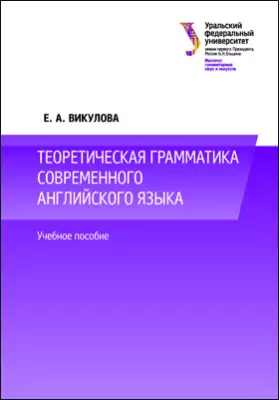Теоретическая грамматика современного английского языка
Место издания: Екатеринбург
ISBN: 978-5-7996-1172-9
Страниц: 89
Артикул: 11431
Краткая аннотация книги "Теоретическая грамматика современного английского языка"
Учебное пособие содержит обзорный материал по основным разделам теоретической грамматики английского языка. Рассматриваются проблемы морфологии и синтаксиса. Представлены подходы различных школ и направлений научной грамматики, а также обширная библиография.
Для студентов специальности «Филология», специализации «Английский язык».
Содержание книги "Теоретическая грамматика современного английского языка"
Предисловие
Section I. Theoretical English Grammar as a Branch of Linguistics
1. On the History of English Grammars
2. Fundamental Ideas and Main Schools of Structural Linguistics
3. General Linguistic Notions
Section II. Morphology
4. Morphology as a Part of Grammar
5. Parts of Speech
6. Noun: General Characteristics
7. Noun: Category of Number
8. Noun: Category of Case
9. Adjective
10. Pronouns, Numerals, Statives
11. Verb: General Characteristics
12. Grammatical Classes of Verbs
13. Non-Finite Forms of the Verb
14. Verb: Category of Tense
15. Verb: Category of Aspect
16. Verb: Problem of the Perfect
17. Verb: Category of Voice
18. Verb: Category of Mood
Section III. Syntax
19. Phrase: General Characteristics
20. Ways of Expressing Syntactic Relations
21. Sentence: General Characteristics
22. Communicative Types of Sentences
23. Actual Division of the Sentence
24. Sentence Structures
25. Simple Sentence: Constituent Structure
26. Text Grammar and Theory of Discourse
Список рекомендуемой литературы
Все отзывы о книге Теоретическая грамматика современного английского языка
Отрывок из книги Теоретическая грамматика современного английского языка
arranged combination of sound with meaning, the uninterrupted string of morphemes, etc. Being a linguistic sign, the word is a two-facet unit possessing both form and content, i. e. sound-form and meaning. The term "word", or "lexeme", is an abstraction. It refers to the word taken as an invariant unity of form and meaning. When used in actual speech, words occur in different forms. The system showing a word in all its word-forms is called its paradigm (e. g. boy, boys, boy's, boys'). Morphemes are the smallest meaningful units into which a word-form may be divided (e. g. workers = [work + er] + s). The morpheme is the smallest meaningful part of a word expressing a generalized, significative meaning. There are root-morphemes and affixational morphemes; the latter include derivational affixes (prefixes, suffixes) and inflections. Stem, or base, is the part of a word which remains unchanged throughout its paradigm. The most characteristic feature of word structure in Modern English is the phonetic identity of the stem with the root morpheme. The root-morpheme is the common part within a word-cluster and the lexical centre of the word. Root-morphemes make the subject of lexicology. Derivational morphemes are lexically dependent on the root-morphemes, which they modify. But most of them have the part-of-speech meaning, which makes them grammatically significant. Inflectional morphemes have no lexical meaning. Inflections (endings) carry only grammatical meaning (of such categories as person, number, case, tense, aspect, etc). Allomorphs, or morphs, are all the representations of the given morpheme, in other words, the morpheme phonetic variants (e. g. please, pleasant, pleasure; or else, poor, poverty). "Zero-morpheme" is the term used to show that the absence of a morpheme indicates a certain grammatical meaning (e. g. book — singular number vs. books — plural number). The problem with zero-morpheme is that this designation contradicts the general definition of the...
С книгой "Теоретическая грамматика современного английского языка" читают
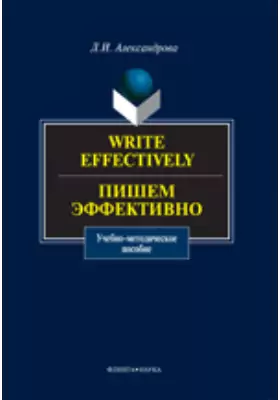
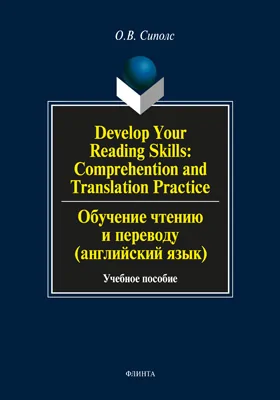
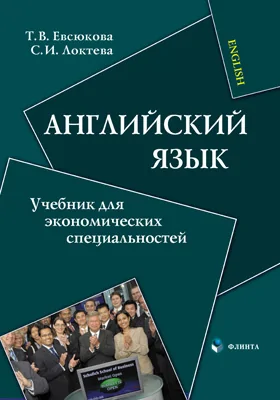
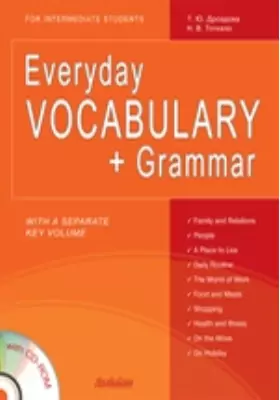
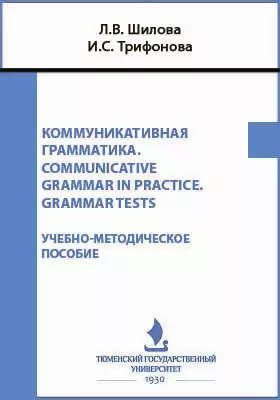
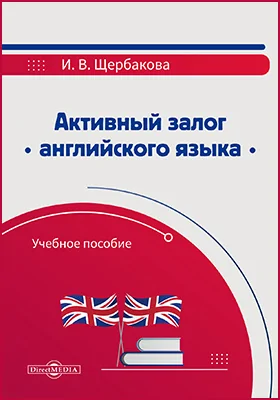
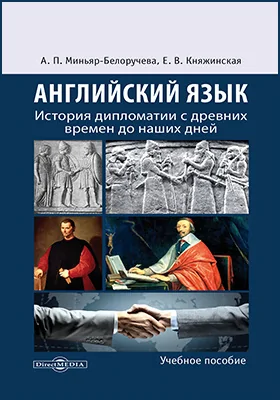
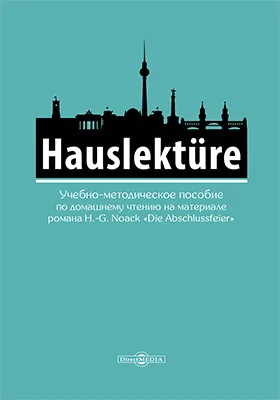


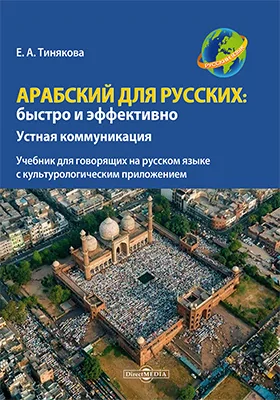

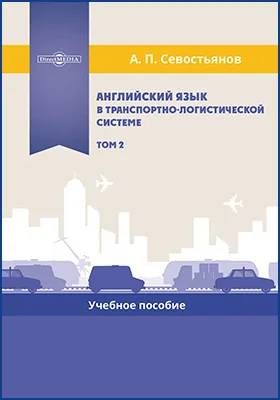
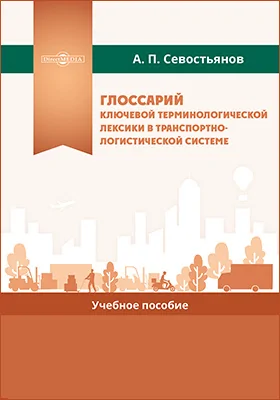
Бестселлеры нон-фикшн
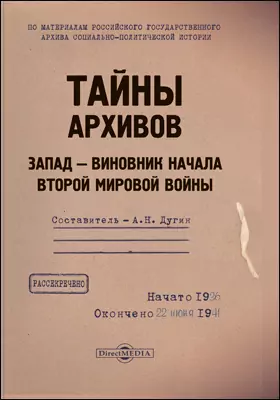

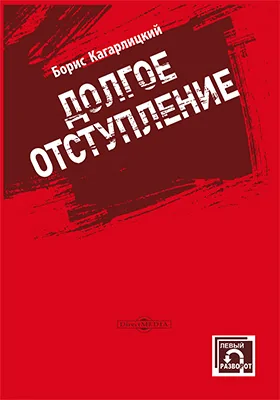
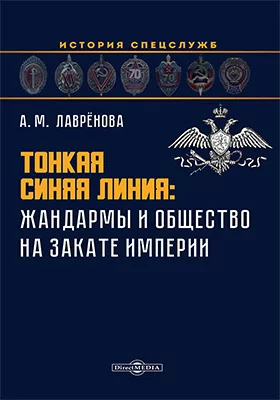
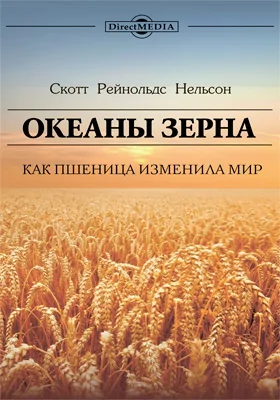
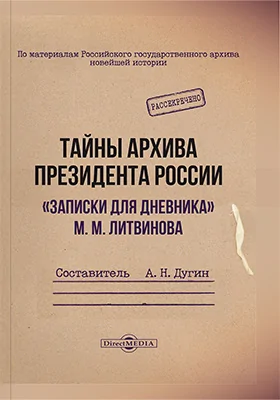

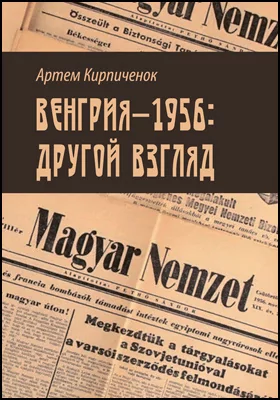
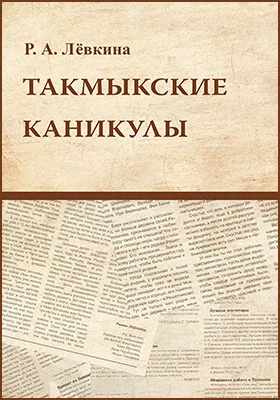
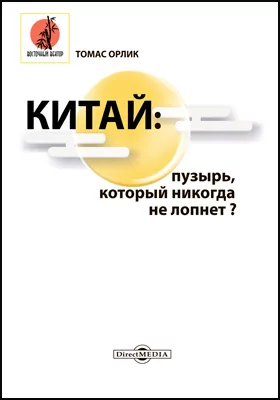

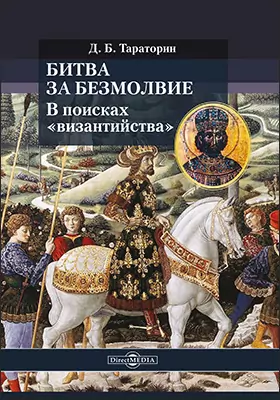
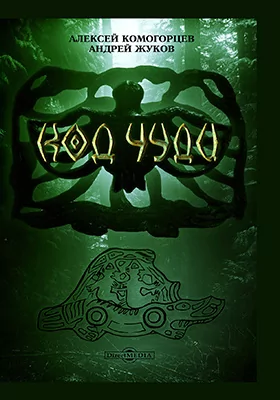
Новинки книги нон-фикшн

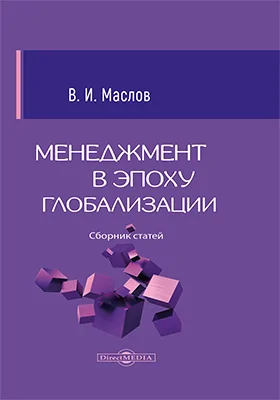
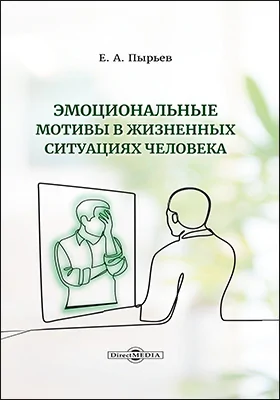

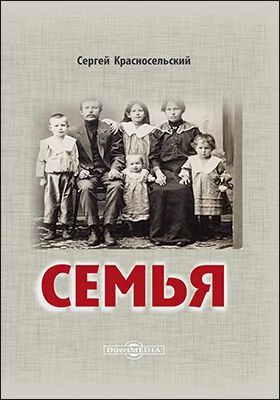
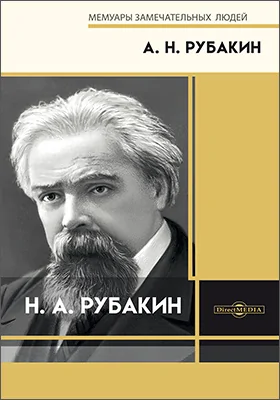



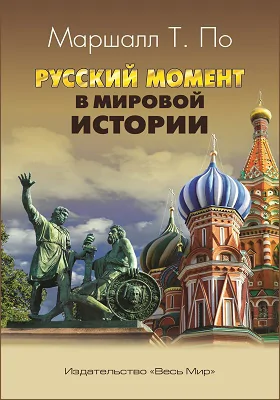

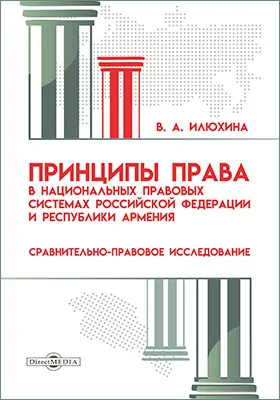

и мы свяжемся с вами в течение 15 минут
за оставленную заявку

